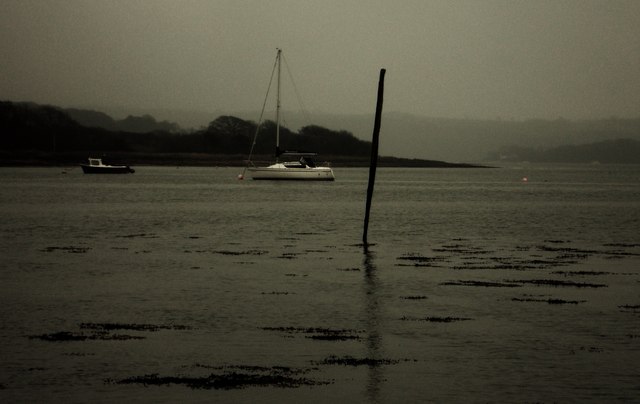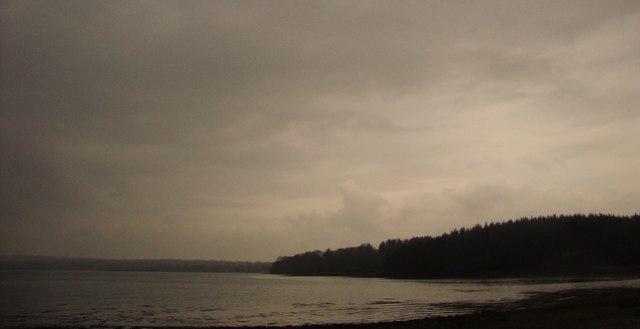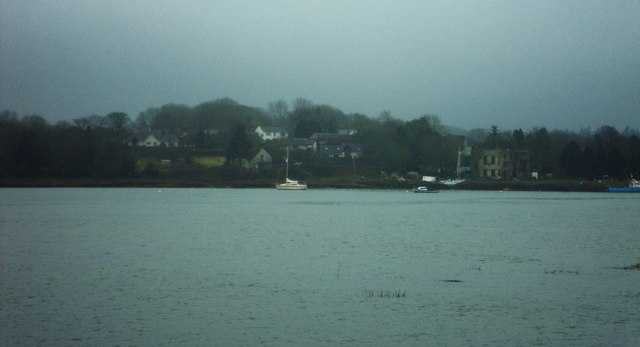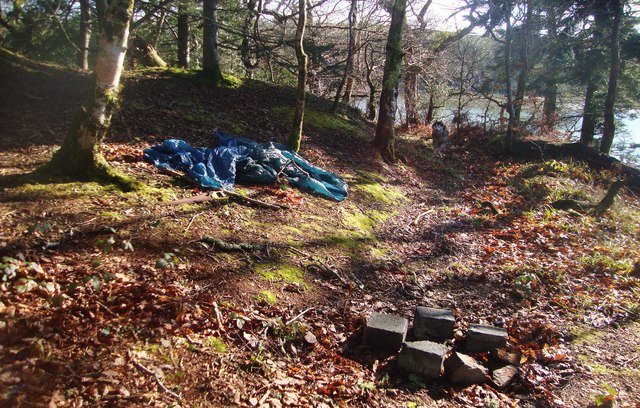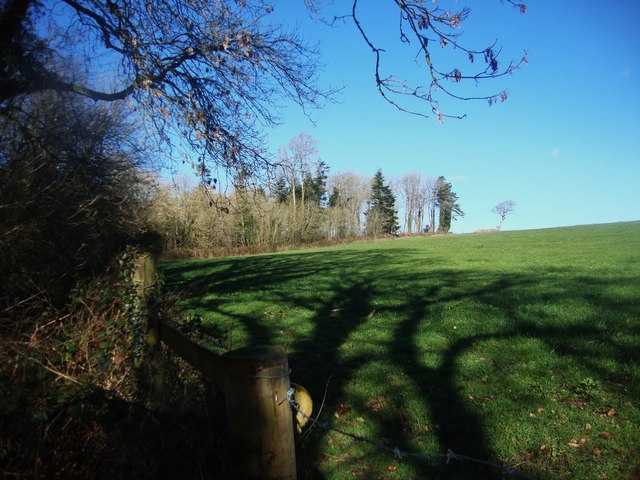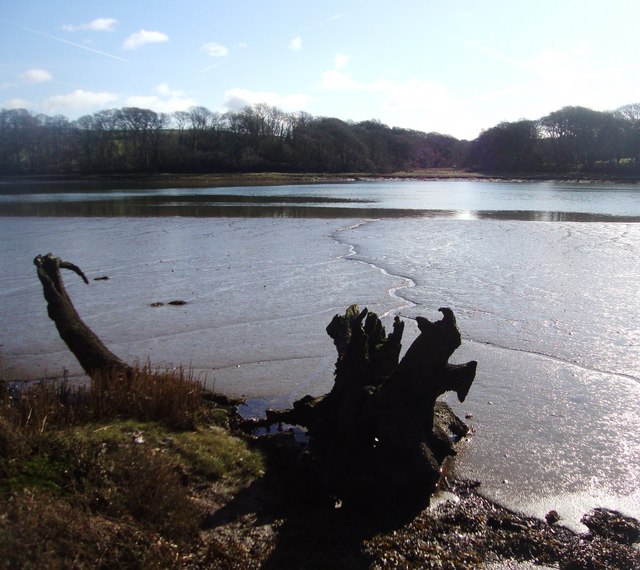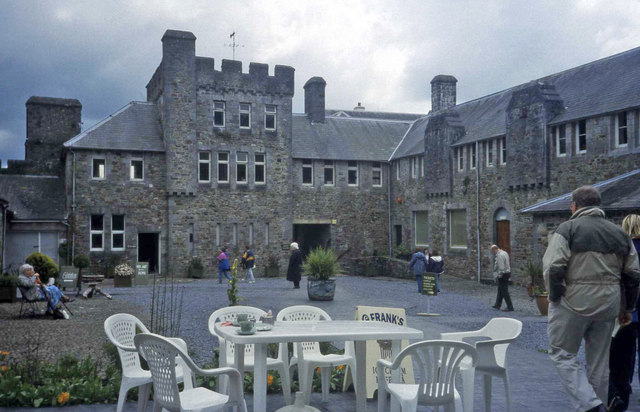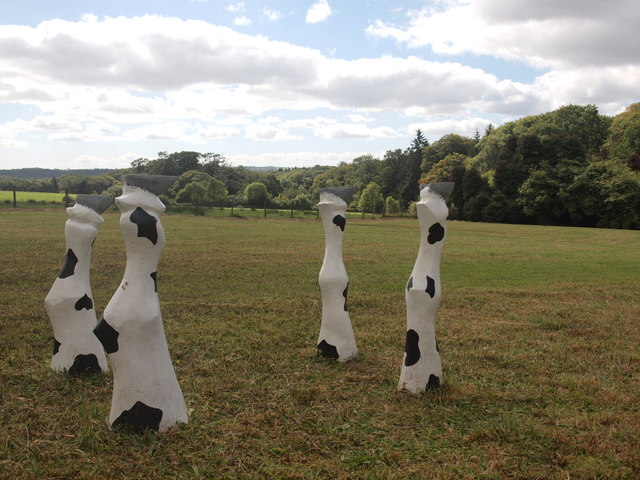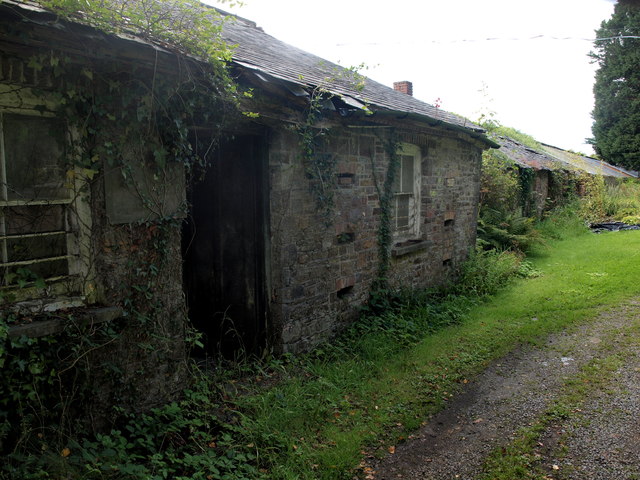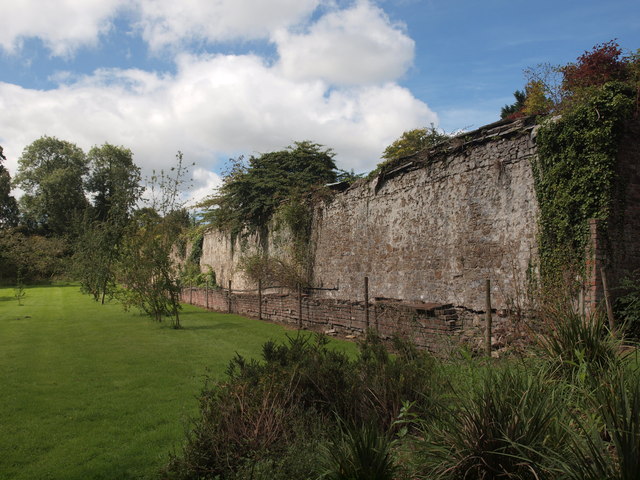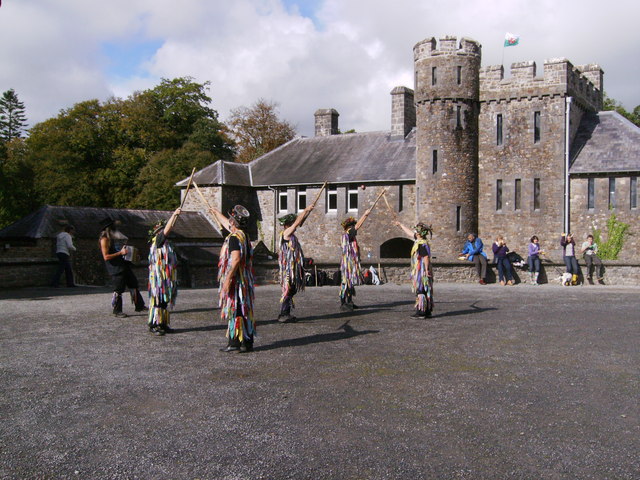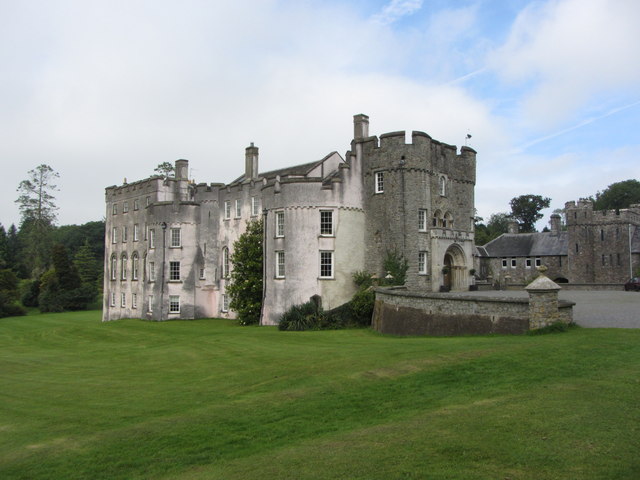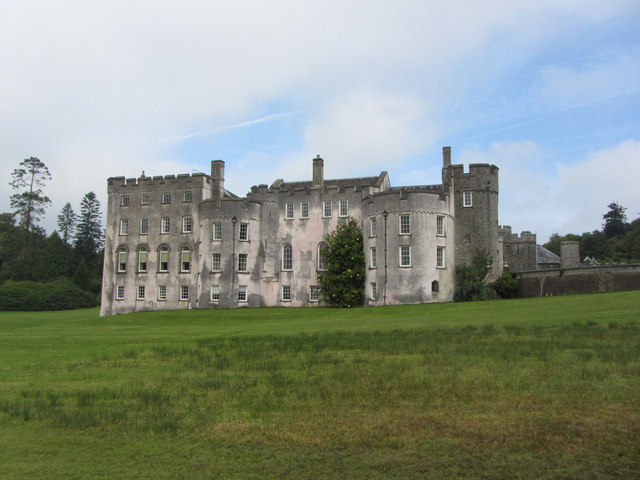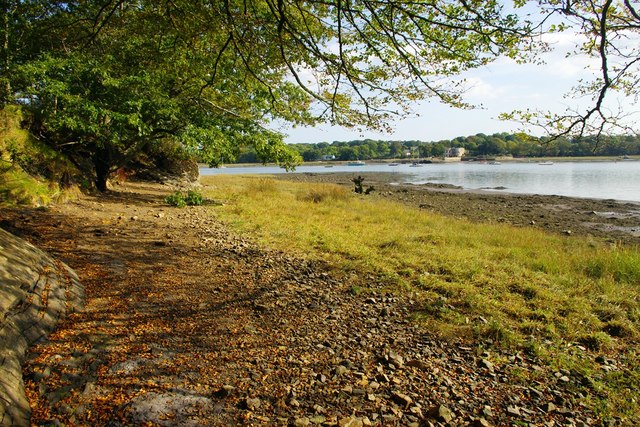Mire
Coastal Marsh, Saltings in Pembrokeshire
Wales
Mire
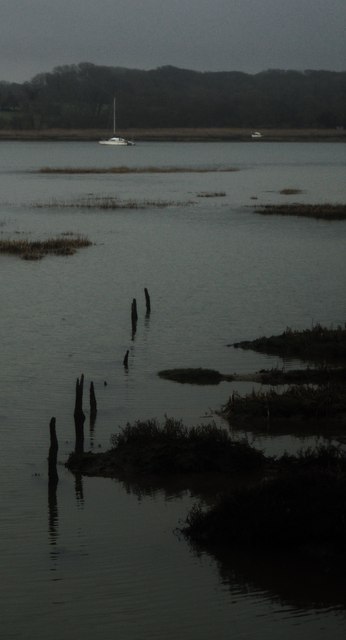
Mire, Pembrokeshire, is a picturesque coastal marsh and saltings located in southwest Wales. Spanning an area of approximately 5 square kilometers, it is renowned for its rich biodiversity and stunning natural beauty. Mire is situated between the towns of Milford Haven and Pembroke Dock, making it easily accessible to visitors.
The marshland is characterized by its flat terrain, consisting of a mix of saltwater and freshwater habitats. It is dominated by a network of shallow channels and mudflats, which are home to a diverse range of plant and animal species. The saltmarsh vegetation includes common reed, sea lavender, sea aster, and saltmarsh grasses, providing an ideal habitat for a variety of bird species.
Mire is a designated Site of Special Scientific Interest (SSSI) due to its importance for wildlife conservation. It supports a wide range of bird species, including wintering waders such as curlews, redshanks, and dunlins. The marshland also attracts migratory birds, including Brent geese and teal, during the autumn and winter months.
Besides its ecological significance, Mire offers visitors a chance to explore its tranquil surroundings and enjoy outdoor activities such as birdwatching, hiking, and photography. The marshland is intersected by several footpaths and trails, allowing visitors to experience its beauty up close. It also provides opportunities for educational visits and research, contributing to the understanding and conservation of coastal ecosystems.
Overall, Mire, Pembrokeshire, is a captivating coastal marsh and saltings that offers a unique and rewarding experience for nature enthusiasts and visitors seeking a peaceful escape in a stunning natural setting.
If you have any feedback on the listing, please let us know in the comments section below.
Mire Images
Images are sourced within 2km of 51.774746/-4.8763766 or Grid Reference SN0112. Thanks to Geograph Open Source API. All images are credited.
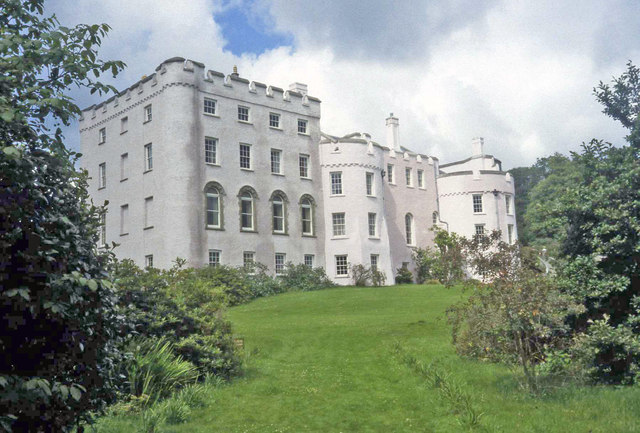
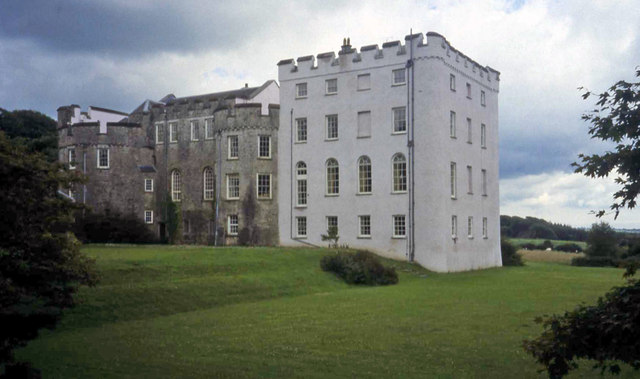
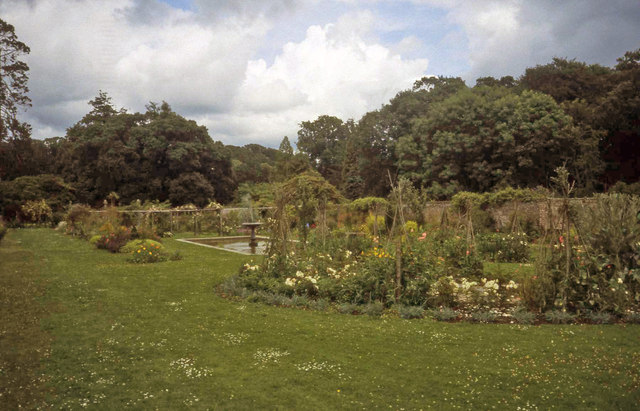
Mire is located at Grid Ref: SN0112 (Lat: 51.774746, Lng: -4.8763766)
Unitary Authority: Pembrokeshire
Police Authority: Dyfed Powys
What 3 Words
///scooped.drive.happening. Near Hook, Pembrokeshire
Nearby Locations
Related Wikis
Big House, Landshipping
The Big House, also known as Landshipping House, is a historic house on the banks of the River Cleddau in Landshipping, Pembrokeshire, Wales. The house...
Picton Castle
Picton Castle (Welsh: Castell Pictwn) is a medieval castle near Haverfordwest in the community of Uzmaston, Boulston and Slebech, Pembrokeshire, Wales...
Martletwy (electoral ward)
Martletwy is the name of an electoral ward in Pembrokeshire, Wales. It is bordered to the west by the River Cleddau and includes three communities within...
Martletwy
Martletwy is a village, parish and community in the county of Pembrokeshire, Wales. == Description == Martletwy lies in south of the county, the nearest...
Minwear Wood
Minwear Wood is a Site of Special Scientific Interest (or SSSI) in Pembrokeshire, South Wales. It has been designated as a Site of Special Scientific Interest...
Minwear
Minwear is a former parish and village in the community of Martletwy, in the county of Pembrokeshire, Wales, on the Eastern Cleddau river, 4+1⁄2 miles...
Uzmaston, Boulston and Slebech
Uzmaston, Boulston and Slebech is a community in Pembrokeshire, Wales, which includes the villages of Uzmaston, Boulston and Slebech, and the Haverfordwest...
Slebech
Slebech was a community (prior to 1974, a civil parish) in Pembrokeshire, Wales, which is now part of the combined community of Uzmaston and Boulston and...
Have you been to Mire?
Leave your review of Mire below (or comments, questions and feedback).
